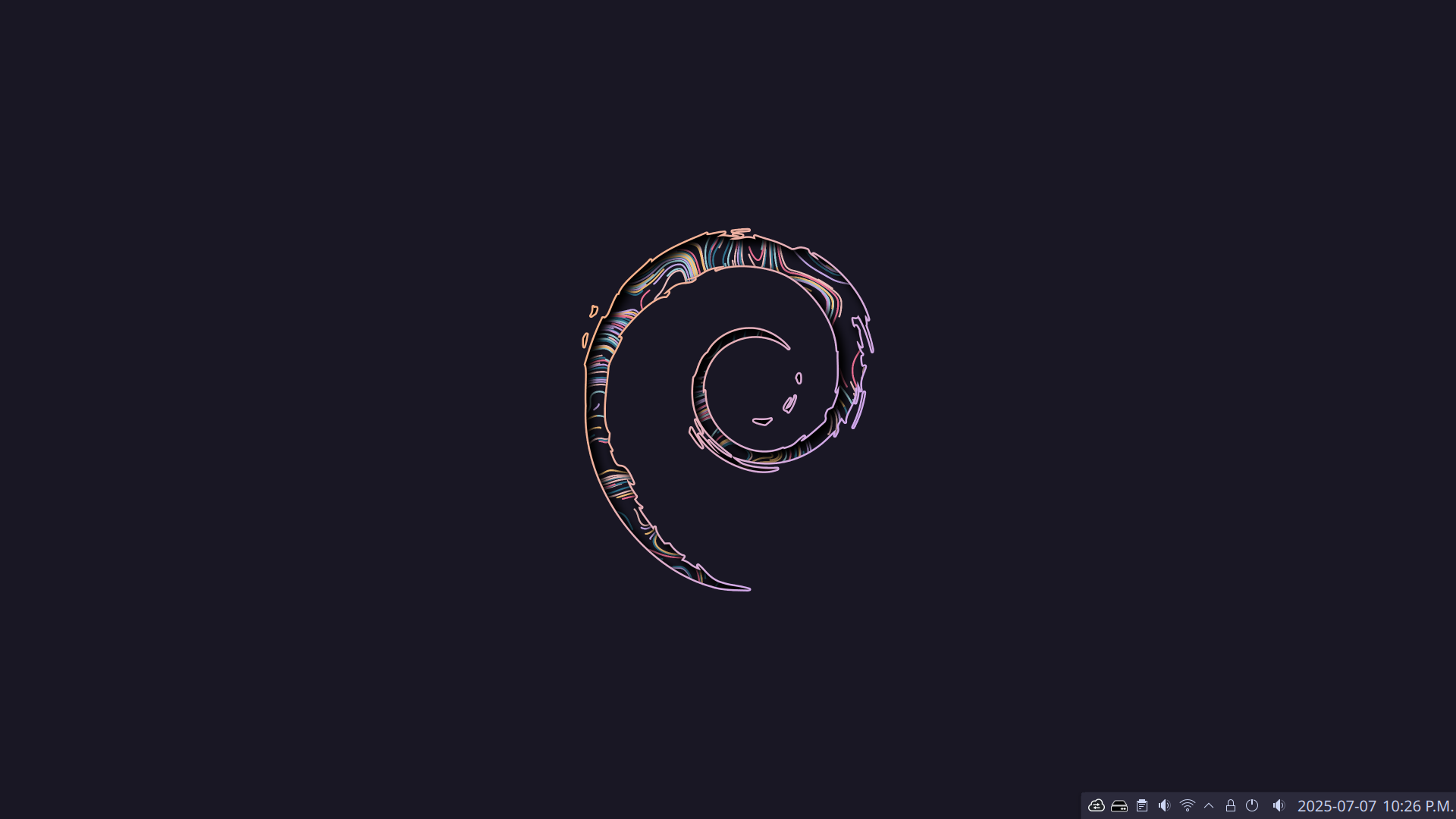One year in, Debian feels like home
If you are coming to this article because you are curious about Linux in general, I want to say something right off the bat; you can do it!. There has never been a better time to switch from Windows, and I wanted to write this piece to celebrate that we have such great options available. There is a lot to be pessimistic about in software sometimes, but there are also moments when things work well. For me, this has been one of those moments.

Debian is the comfy chair that’s lasted decades
For applications or tools, it can be fun to explore the latest and greatest. For my operating system, which is the core which all the other services are built around, give me something that is so rock solid I can set it and forget it. Ultimately I want the computer to fit so seamlessly into the background that I barely even notice it while completing the task at hand.
Once you experience a computer that doesn’t have ads in the start menu, that doesn’t give you news updates you never asked for, and doesn’t try to convince you to install edge every two seconds, you realise how calming using a computer can be.
Is Debian a good distro to start with?
I would still recommend Linux Mint Debian Edition when getting started, as the setup process is more user-friendly and the cinnamon desktop can be configured to be quite similar to a Windows or Mac desktop. However, once you use Mint for a bit, the jump to pure Debian allows you to narrow in on what you really want.
Key software and where to get it
Using apt for everything would be ideal, however, there are times when something is either too new to be packaged for Debian, or the maintainers haven’t packaged it as a deb. You can still have new things with Debian! Below is roughly where I get most of the software:
aptis the default. Probably 70% of the packages and software that I use are managed through this, especially lower level stuff.- Rust is installed and managed via rustup.
cargois where I get almost all of my command line tools. A few examples of tools that I would use on any system include: zoxide, eza, starship, alacritty, gitui, dust, and harper. - Manual installation: currently I manually install Neovim from the releases, and ggshield from a deb on Cloudsmith.
- I use the python version that comes with Debian. However all packages are managed on a per project basis using uv.
The only software that I have viewed as a current pain point is Neovim, as Debian 12 (bookworm) has Neovim version 0.7.2 (which is too low for many plugins). However, once Debian 13 (trixie) is released, I’ll be good to stick with version 10.4 and drop the manual installation.
The worst thing that didn’t work
Often when I learn about others’ setups or the distro that they are using I think “what is the worst thing that you have run into, that you just couldn’t get to work?”. On Debian, it’s been a WiFi antenna. I’ve installed the drivers, and even have a cheaper version of the antenna from the same company, but I just cannot get it to recognize the adapter when I plug it in. That’s it! There hasn’t been anything else that I believe to be Debian’s fault.
Debian on the desktop, Debian on the server
Unless there is a hard requirement to use something else, I also run all of my servers with Debian. This creates a really great experience where things are similar whether you are on a remote machine or on your desktop. Our brains have a limited capacity, might as well consolidate where we can!
If you are thinking of diving into Linux on the desktop, I am more than happy to help you get started! If you have a particular question, feel free to send me an email, and I’ll answer it to the best of my ability. There are a bunch of friendly people in the community who may be opinionated (as I have been in this piece about Debian), but at the end of the day, would love to help you find a home on whatever distro fits your style.